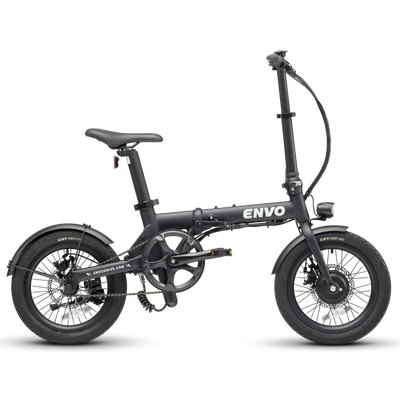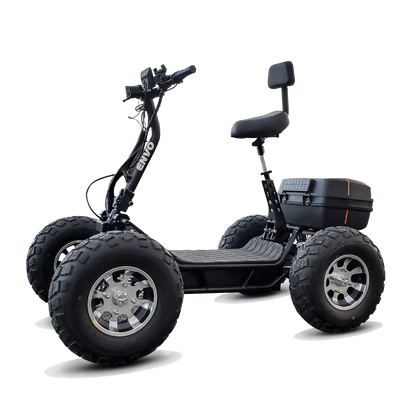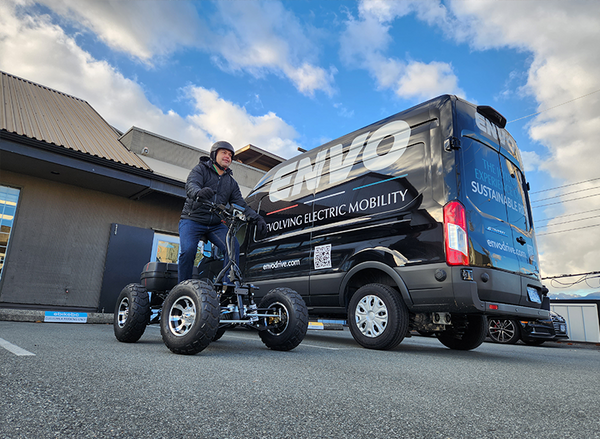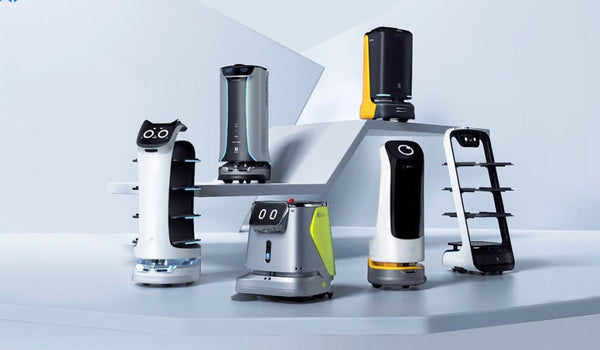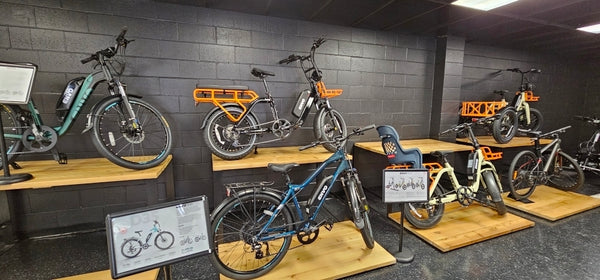Development in the Transportation sector
As the oil price is increasing day by day, the efforts and price of the conventional vehicles will increase to reduce the gap to the electric vehicles. The primary concerns for significant transportation areas such as rail and ship are the environment and cost. Development in Plug-in hybrid electric vehicle (PHEV) and battery-based electric vehicle (BEV) are the best examples in the electrical car industry.
Due to the positive experience of the PHEV and BEV, the sales figure for electrifies vehicles showed very promising growth in the past few years. Fig. 6 shows that EV sales increased from half a million in the year 2013 to 3.1 million in 2017 (IEA, 2019). The drastic increment was noticed in 2018, where the sale increased to 5.1 million vehicles, i.e., 2 million vehicles in a year. Optimists believe that the rate of grown will keep rising in the future (Maiser et al., 2014).

Besides, many heavy-duty hybrid vehicles have begun to be adopted but still not as significant as passenger vehicle sales. For example, electrified buses and trucks have considerable potential to add the demand for the battery pack. This is not a popular item until the application gets commercialize and acceptable by the government and people. An electric locomotive can solve the logistic problem of freight trains with an internal power supply. Operators can use electrified trains more flexible compared to the traditional one.
Development in electrical storage system
The energy storage system is essential for the power grid. This system ensures the continuity of the power and helps to maintain the health of the power grid. As the development in the renewable energy system such as solar energy, wind energy, tide energy is trustable, the electrical storage system is being necessary. The energy storage can be in many forms and sizes (World Energy Council, 2019).
Table 1 Characteristics of different types of electric storage system (Zablocki, 2019)
| Max Power Rating (MW) | Discharge time | Max cycles or lifetime | Energy density (watt-hour per liter) | Efficiency | |
| Pumped hydro | 3,000 | 4h – 16h | 30 – 60 years | 0.2 – 2 | 70 – 85% |
| Compressed air | 1,000 | 2h – 30h | 20 – 40 years | 2 – 6 | 40 – 70% |
| Molten salt (thermal) | 150 | hours | 30 years | 70 – 210 | 80 – 90% |
| Li-ion battery | 100 | 1 min – 8h | 1,000 – 10,000 | 200 – 400 | 85 – 95% |
| Lead-acid battery | 100 | 1 min – 8h | 6 – 40 years | 50 – 80 | 80 – 90% |
| Flow battery | 100 | hours | 12,000 – 14,000 | 20 – 70 | 60 – 85% |
| Hydrogen | 100 | mins – week | 5 – 30 years | 600 (at 200bar) | 25 – 45% |
| Flywheel | 20 | secs - mins | 20,000 – 100,000 | 20 – 80 | 70 – 95% |
Figure 1 shows the characteristic of the Li-ion battery as an electrical energy storage system. In a comparison of all the methods, the Li-ion battery storage system has the highest efficiency with significant energy density. This characteristic makes the battery storage system more acceptable to the power grid.

As per the MarketsandMarkets forecast, the battery storage system demand is expected to grow USD 8.5 million by 2023. That’s approximately 33.9% CAGR between 2018 and 2023(MarketsandMarkets, 2019). Fig. 7 shows the contribution of the battery storage system, which shows the potential of the battery pack market.
Development in consumer & industrial battery market
Portable batteries used in consumer goods such as laptops, mobile phones are creating the demand for cells in the market. Growth in the compact battery packs increased the sales of the batteries in electronic devices. Medical services are not being used by the consumer but classified as consumer batteries. The usage of batteries in this type of emergency equipment is trustable. The expectation for the year 2020 is between the US $12 billion to the US $19 billion (Maiser et al., 2014).
The usage of the battery pack in the industrial area is also showing significant growth. Many electronic devices for production use the battery pack as a power source. The military is also one of the significant applications for the battery pack. All vehicles required to operate some internal electric devices required the battery pack, such as airplanes, trains, etc. Thus, the battery pack has a broad market in the consumer and industrial market.
References:
IEA. (2019). Global EV Outlook 2019. In IEA. https://www.iea.org/reports/global-ev-outlook-2019
Maiser, E. (2014). Battery packaging - Technology review. AIP Conference Proceedings, 1597(February), 204–218. https://doi.org/10.1063/1.4878489
MarketsandMarkets. (2019). Battery Energy Storage System Market by Element (Battery, Hardware), Battery Type (Lithium-Ion, Advanced Lead Acid, Flow Batteries, Sodium Sulfur), Connection Type (On-Grid And Off-Grid), Ownership, Application, and Geography - Global Forecast to 2023. https://www.marketsandmarkets.com/Market-Reports/battery-energy-storage-system-market- 112809494.html
World Energy Council. (2019). Energy Storage Monitor: Latest trends in energy storage. www.worldenergy.org
Zablocki, A. (2019). Energy storage: Fact sheet (2019). Environmental and Energy Study Institute, 2040(February), 1–8. https://www.eesi.org/papers/view/energy-storage-2019







